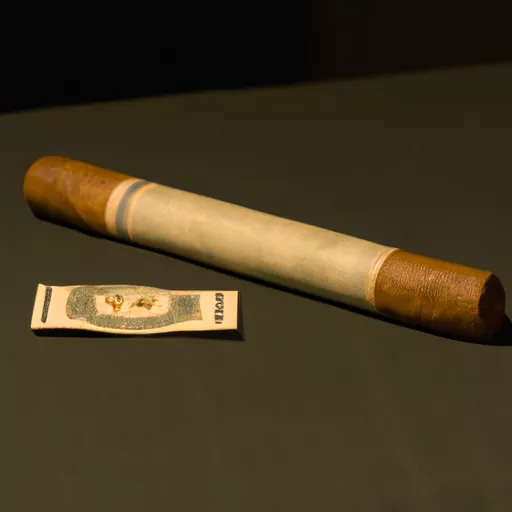little cigar price

As a lover of tobacco, I have always been intrigued by the world of little cigars. These miniature versions of their larger counterparts have long held a special place in the hearts of cigar aficionados around the world. From their origins to their flavors and everything in between, little cigars have a captivating story to tell.
Let us start with the most commonly asked question – what exactly are little cigars? Essentially, they are smaller versions of traditional cigars. Little cigars are generally made with the same type of tobacco as regular cigars, but their size varies. However, they are not considered the same as cigarettes as they are designed to be smoked like cigars and not inhaled.
Now that we have established what little cigars are, let us dive into their origins. The history of little cigars can be traced back to the 17th century, where they were first introduced in Europe. However, it was not until the 19th century that they gained popularity in America. During this time, cigar manufacturers started using leftover tobacco from bigger cigars to make smaller ones, which were more affordable for the working class. This gave birth to the petit corona, the first commercially produced little cigar.
Fast forward to the 21st century, and little cigars have seen a resurgence in popularity. With a wide variety of flavors and styles, they have become a go-to option for both seasoned cigar smokers and beginners. However, it is essential to note that little cigars are not meant to be a replacement for traditional cigars, but rather an alternative for those looking for a shorter smoke.
One of the most notable characteristics of little cigars is their size. They are generally shorter than regular cigars and have a slimmer ring gauge, which is the measurement of a cigar’s thickness in 1/64ths of an inch. Little cigars also tend to have a filter, which is not commonly found in traditional cigars. This helps reduce the amount of tar and nicotine in the smoke, making them a milder option.
Flavors are also a significant aspect of little cigars. Due to their smaller size, they burn faster, giving off a more intense flavor. This makes them perfect for those looking for a quick and flavorful smoke. While traditional cigars generally have natural tobacco flavors, little cigars come in a vast array of flavors, such as cherry, vanilla, and even chocolate. This has made them popular among younger smokers who are looking for a different experience than traditional cigarettes.
When it comes to smoking little cigars, it is essential to understand the difference between how they are smoked and how cigarettes are smoked. As mentioned earlier, little cigars are meant to be smoked like cigars, which means they should not be inhaled. Smoking them this way allows you to fully taste and enjoy the flavors, rather than just getting a nicotine rush.
Some may argue that little cigars are simply a marketing gimmick, trying to appeal to a younger audience. However, this is not entirely true. While little cigars do come in a variety of flavors and are often marketed as a cheaper option, they still have all the characteristics of a traditional cigar – hand-rolled with premium tobacco leaves and aged to perfection. The only significant difference is their size.
In conclusion, little cigars have a fascinating history and have come a long way since their first introduction. From their humble beginnings as a way to use leftover tobacco, they have now become a popular choice for those looking for a shorter and more flavorful smoking experience. However, it is essential to remember that little cigars are not a replacement for traditional cigars and should be smoked accordingly. So the next time you are looking for a quick and enjoyable smoke, give little cigars a try – you might just be pleasantly surprised.